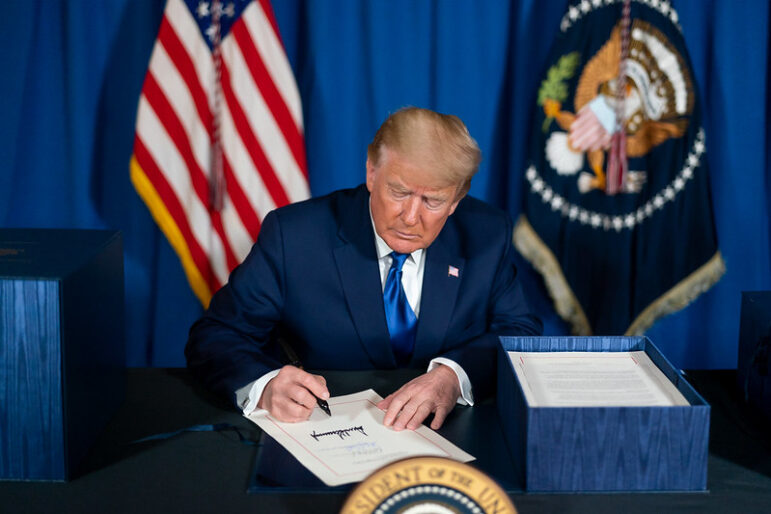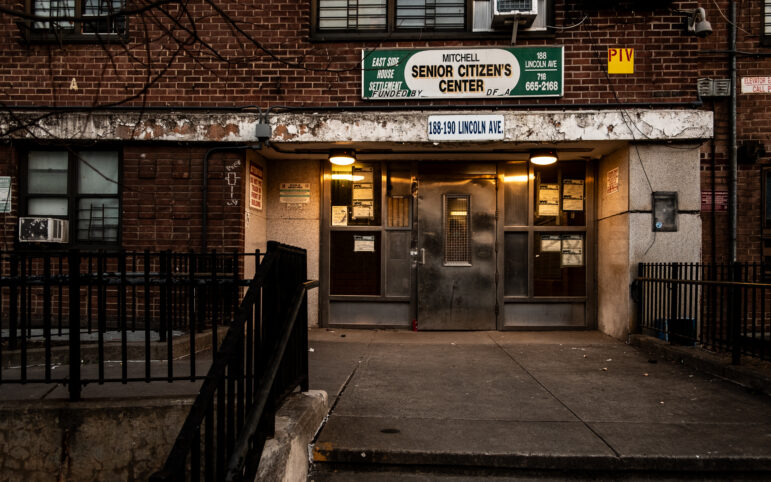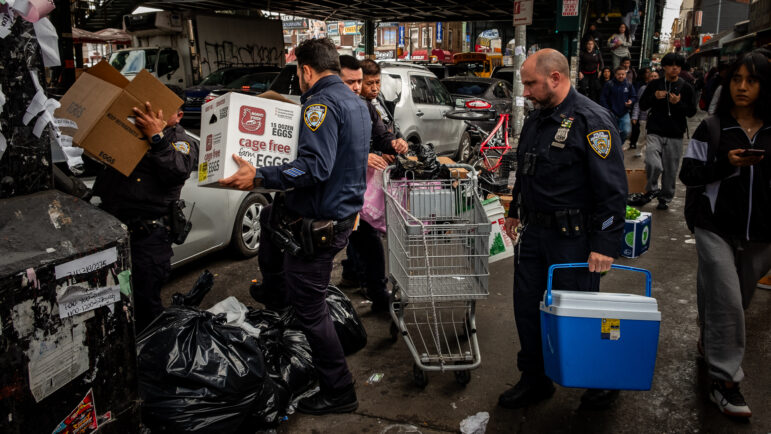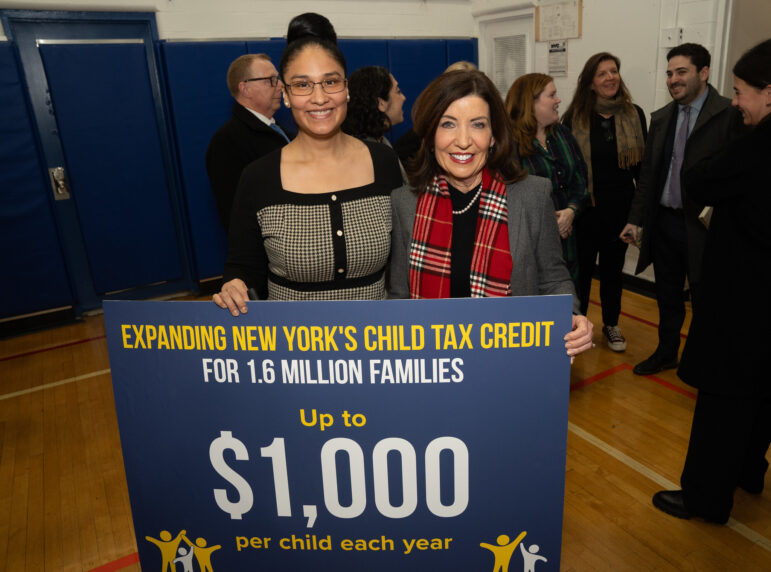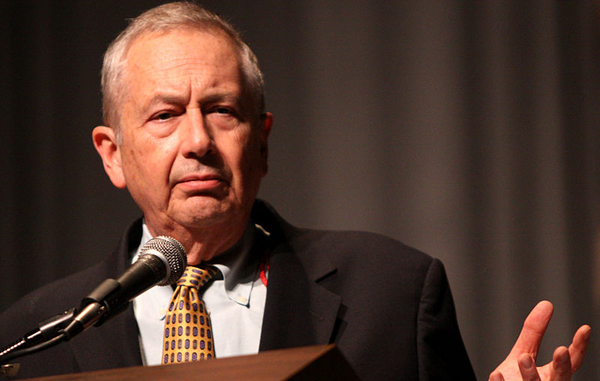
Photo by: Gage Skidmore
Larry Pratt, head of Gun Owners of America.
Mark Roberts doesn’t like to say what state he lives in because people have threatened his life. He can’t be entirely sure what end of the political spectrum his enemies come from. As the founder of The Liberal Gun Club, Roberts has probably offended people on the right and the left.
Roberts is a biologist in his 40s whose father used to take him shooting. To him, guns are expensive toys; he has a permit to carry a weapon, but really only uses it to transport guns without running afoul of the law—he does not carry concealed. He started his group, which now has a few thousand members, in 2008 when he tried to join a local gun range and was told he had to be a member of the NRA.
To Roberts the NRA seems like “a mouthpiece for the Republican Party.” As a pro-gay rights, pro-choice, pro-labor voter who doesn’t think President Obama’s healthcare reform went far enough, joining up with the NRA was a problem, and he wasn’t alone. “I know lots of people who are very, very liberal but own guns,” he says. For them, the usual gun groups “don’t reflect out thinking on the second amendment and, even if they do, they are deep into other right wing causes.” Indeed, the NRA’s website now weighs in on everything from Obamacare to Mayor Bloomberg’s proposed soda ban. So Roberts launched his group “for people who are hesitant to seek out proper training because of the atmosphere that surrounds gun clubs and gun ranges.”
The NRA is the richest and highest profile organization on either side of the gun issue, with a nine-digit budget and a network of affiliated organizations (including its PAC, the NRA Political Victory Fund, and a set of smaller nonprofits like the NRA Foundation and the NRA Civil Rights Defense Fund). But its 4 million or so members are but a fraction of the 70 million to 80 million Americans who are believed to own guns. Some of those nonmembers probably agree with the NRA and are just not joiners. But many gun owners don’t feel the NRA represents them.
“As far as being a steward of the sport, they’ve been wonderful,” says Gerry Souter, a lifelong shooter who recently penned a book called American Shooter: A Personal History of Gun Culture in the United States. He loves guns and admires the NRA’s role in promoting hunting and gun safety. But he isn’t a fan of what he calls, “this testosterone-based atmosphere of them vs. us.”
On the other side are gun owners who believe the NRA is too willing to compromise with gun-control advocates. Some of these are small splinter groups like Armed Females of America, whose website includes a screed slamming the NRA for, among other things, accepting laws that require the registration of “machine guns, short-barreled rifles and sawed-off shotguns.” But Gun Owners of America is a major lobbying group with a $2 million annual budget, and it consistently runs to the right of the NRA; its director, Larry Pratt (whose links to the militia movement were detailed here) wrote to the ATF in 2011 complaining about an agency study on sporting shotguns that found bayonet lugs and grenade-launcher mounts to be problematic.
As Richard Feldman, a former NRA lobbyist, recalls in his book “Ricochet,” the internal history of the NRA is dominated by a struggle between moderate and hardline factions. “They get the shit kicked out of them by their own membership when they engage in something that looks like a compromise,” he says of the association.
Beyond the ideological factions, there are a slew of smaller gun groups that appeal to particular factions in the gun community, like Students for Concealed Carry on Campus, Second Amendment Foundation, Liberty Belles, Second Amendment Sisters, Citizen’s Committee for the Right to Keep and Bear Arms, Women Against Gun Control and Jews for the Preservation of Firearms Ownership.
Mothers Arms, a women-centered self-defense advocacy organization that claims several thousand members, was launched more than a decade ago by Alicia Wadas, a mother of three living in Phoenix who at around the time of the Columbine tragedy noticed her youngest son walking around the house using his index finger as the barrel of an imaginary gun. Her kids had never been allowed to have toy guns, but Wadas began to feel that keeping her children safe required giving them an understanding of how to safely handle (or not handle) firearms. She began going to a range, and became a certified firearms instructor. At one point, she began taking her son to the range. She knew she’d succeeded, she says, the day he said he’d rather ride bikes with his friends than shoot. “I demystified the whole bang bang bang.” Her daughter was less enthusiastic about shooting but still knows how to disarm a weapon. “I just didn’t want my children to be like lambs to the slaughterhouse,” she says. “I drive a minivan, for crying out loud. I’m not the knuckle dragging stereotype.”
Groups advocating restricted access to guns are fewer and, taken together, have less money than the pro-gun side. The Brady Center, Violence Policy Center and Mayors Against Illegal Guns spent a mere $6 million in 2010. Together, the National Shooting Sports Foundation (NSSF)—which represents the gun industry—Gun Owners of America and the NRA spent more than $300 million.
Read our coverage of the effect of gun politics on the gun industry at The Nation. Research assistance for this project was provided by Arielle Concilio.



